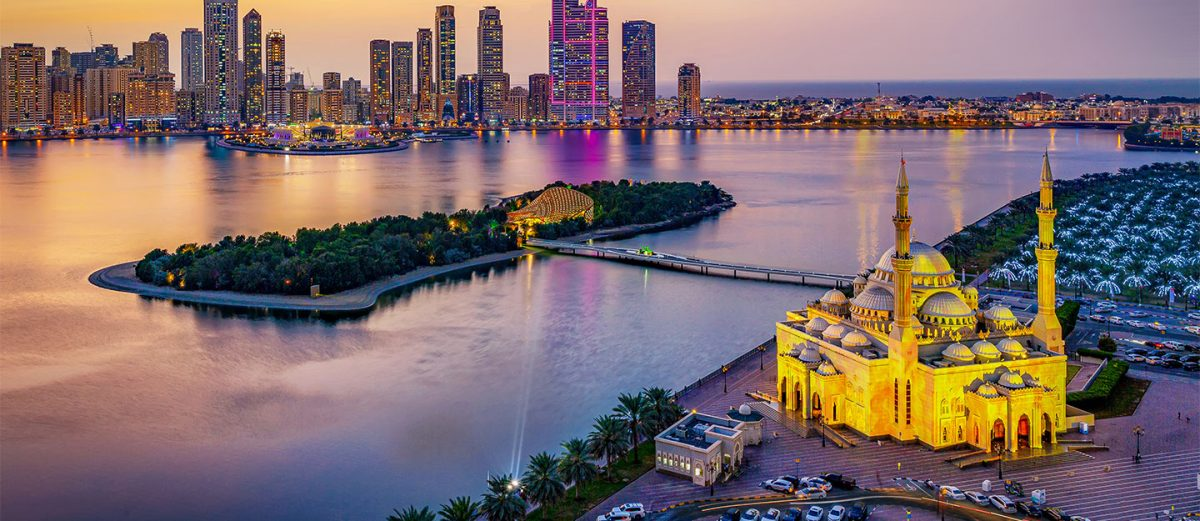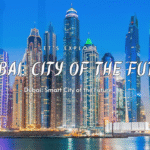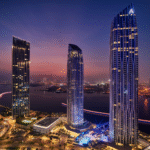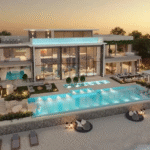Now Reading: The Rise of Private Communities With Schools, Clinics & Helipads
-
01
The Rise of Private Communities With Schools, Clinics & Helipads
The Rise of Private Communities With Schools, Clinics & Helipads

Table of Contents
The rise of private communities is one of the fastest-growing trends in modern living. Today, more people are choosing to live in gated areas with exclusive access to schools, healthcare, transport, and luxury services. These high-end neighborhoods are not just about beautiful homes anymore—they now offer private schools, full-scale clinics, helipads, and even retail outlets inside their gates.
As cities grow busier and public services become overcrowded, private communities provide a peaceful, safe, and self-sufficient environment. This change is reshaping how people live, work, and raise their families.
Why Are Private Communities Becoming So Popular?
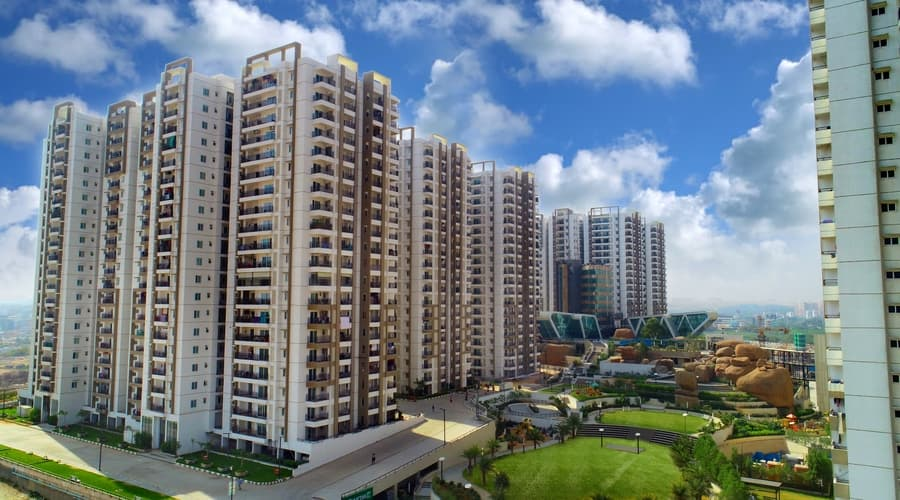
Here are 7 positive reasons behind the rise of private communities:
1. Private Education Within Reach
Many private communities now offer world-class schools inside the property. Parents no longer need to drive far or worry about their children’s safety while commuting. These schools often follow international standards and offer small class sizes, modern facilities, and advanced learning methods.
Having education on-site not only saves time but also creates a strong local network for families.
2. On-Site Healthcare Services
The inclusion of clinics and even mini-hospitals is another game-changer. Residents can access urgent medical care just minutes away from home. This is especially useful for the elderly, families with children, and people with health conditions.
It eliminates the need to travel in emergencies, which is a big advantage in large cities with heavy traffic.
3. Helipads for Fast Travel
In major cities where road travel is slow, private communities are offering helipads for air transport. High-net-worth individuals, business executives, and emergency services benefit greatly from this feature.
Helipads are becoming a symbol of status, speed, and emergency preparedness. They’re not just luxury—they’re practical.
4. Security and Privacy
Security is one of the top concerns today. Private communities invest in high-end security systems, 24/7 surveillance, and trained guards. This creates a safe space for families, especially children and the elderly.
With access restricted to residents and approved visitors, these communities offer a level of safety that is hard to match in open neighborhoods.
5. Self-Sufficient Living
Private communities are becoming mini-cities. With retail shops, fitness centers, parks, and even coworking spaces inside the gates, residents hardly need to leave. This self-contained lifestyle became even more attractive after the COVID-19 pandemic, when staying within safe boundaries became a top priority.
6. High Real Estate Value
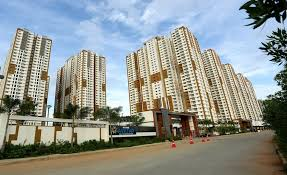
Properties in private communities often see higher appreciation rates. This is because of the added amenities, security, and convenience. Buyers see these homes as long-term investments, which increases demand and pushes prices up.
7. Strong Community Bonds
With shared spaces like parks, clubhouses, and sports grounds, residents of private communities often form close relationships. Social events, hobby clubs, and children’s activities help build a friendly, neighborly atmosphere.
This sense of belonging is especially valuable in today’s fast-paced and often disconnected urban life.
The Role of Real Estate Developers
Top real estate developers are driving the rise of private communities. They are designing entire townships with everything included—from power backups to water treatment plants, eco-friendly solutions to fiber-optic internet.
Developers are focusing on sustainable design, smart home features, and green spaces. They aim to create a balance between luxury and responsible living.
Who Is Choosing Private Communities?
Private communities attract a wide range of people:
- Families looking for safety and quality education
- Retired individuals who want peace and medical care
- Young professionals seeking a modern lifestyle with facilities
- Business leaders needing privacy and transport options
This wide appeal is making such communities the future of urban housing.
Are There Any Drawbacks?
While the rise of private communities has many benefits, there are also some concerns:
- High cost of living may exclude middle or lower-income families
- Social separation between private community residents and the general public
- Overdependence on internal services may reduce connection with the wider city
Still, many believe the benefits far outweigh the drawbacks, especially for those who can afford this lifestyle.
What Does the Future Hold?
The rise of private communities is expected to continue growing over the next decade. As urban spaces become more crowded and public infrastructure struggles to keep up, more people will look for private options that offer a better quality of life.
We may also see a rise in “theme-based” communities—those focused on wellness, sports, technology, or senior living. With smart technologies and eco-friendly innovations, private communities could also lead the way in sustainable urban living.
Conclusion
The rise of private communities is more than just a trend—it is a shift in how people live and what they value in their daily lives. With features like schools, clinics, and helipads, these communities are becoming the preferred choice for those who want convenience, safety, and luxury all in one place.
As the demand grows, we can expect private communities to expand across not just metros but even tier-2 and tier-3 cities. They are not just shaping real estate—they’re shaping the future of modern life.
Also read – Eco-Mansions in Dubai: Where Luxury Meets Sustainability




